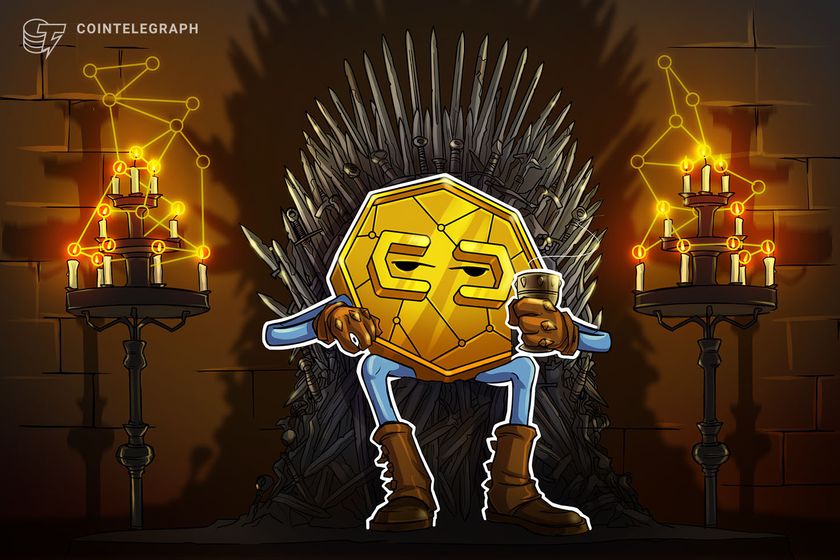
BTC’s attempt to recapture $20,000 as support failed, but on-chain data reveals a handful of positives.
Markets briefly flashed green on Sept. 27 as equities markets bounced back from Sept. 26’s pullback, bringing the Bitcoin (BTC) price back to the long-term descending trendline resistance, which currently resides at $20,100.
Unfortunately for bulls, the positive momentum for stocks and cryptocurrencies rapidly eroded and Bitcoin price gave up a majority of the intraday gains as it slipped back below $19,000.
As has been the case since March 25, BTC price has been unable to kick above the resistance for more than a few hours and the Sept. 27 breakdown at the trendline continues the trend of successive bear flags that see a continuation to the downside.

According to Arcane Research, Bitcoin’s tight rally above $20,000 is relatively insignificant, given that futures premiums are still low and it “contributes little to improving the market risk appetite.”

Additional data from Arcane Research shows funding rates flipping neutral for the first time since Sept. 13, but generally, traders are reluctant to add longs, given the concerns over macro challenges and the continuous threat of unfriendly crypto regulation.
There is a silver lining
As mentioned in previous analysis, despite the breakouts and breakdowns, BTC price is simply trading within the exact same $24,300 to $17,600 range of the past 103 days. To date, a catalyst to set off a breakdown below swing lows or to push price above resistance and confirm the former hurdle as support has yet to occur.
Fortunately, it’s not all doom and gloom for Bitcoin. A positive bit of news comes from on-chain analytics provider Glassnode, who noted that more mature investors have decided to hunker down and hold their positions rather than sell at the current price.
According to the Revived Supply 1+ Years metric, an indicator that tracks the “total amount of coins that come back into circulation after being untouched for at least 1 year,” the flow of latent supply shifting back into the active supply pool is “extremely low.”

The compression in mature spending seen in the last stages of the 2018 bull market is not present during the most recent revisits below $20,000, suggesting that long-term holders are well accustomed to volatility and unwilling to sell at the current prices.

Given that BTC is 72% down from its all-time high and a portion of investors expect prices to crumble toward $10,000 in the next unexpected capitulation event, one could interpret the lack of panic selling from mature investors as positive.
The views and opinions expressed here are solely those of the author and do not necessarily reflect the views of Cointelegraph.com. Every investment and trading move involves risk, you should conduct your own research when making a decision.

